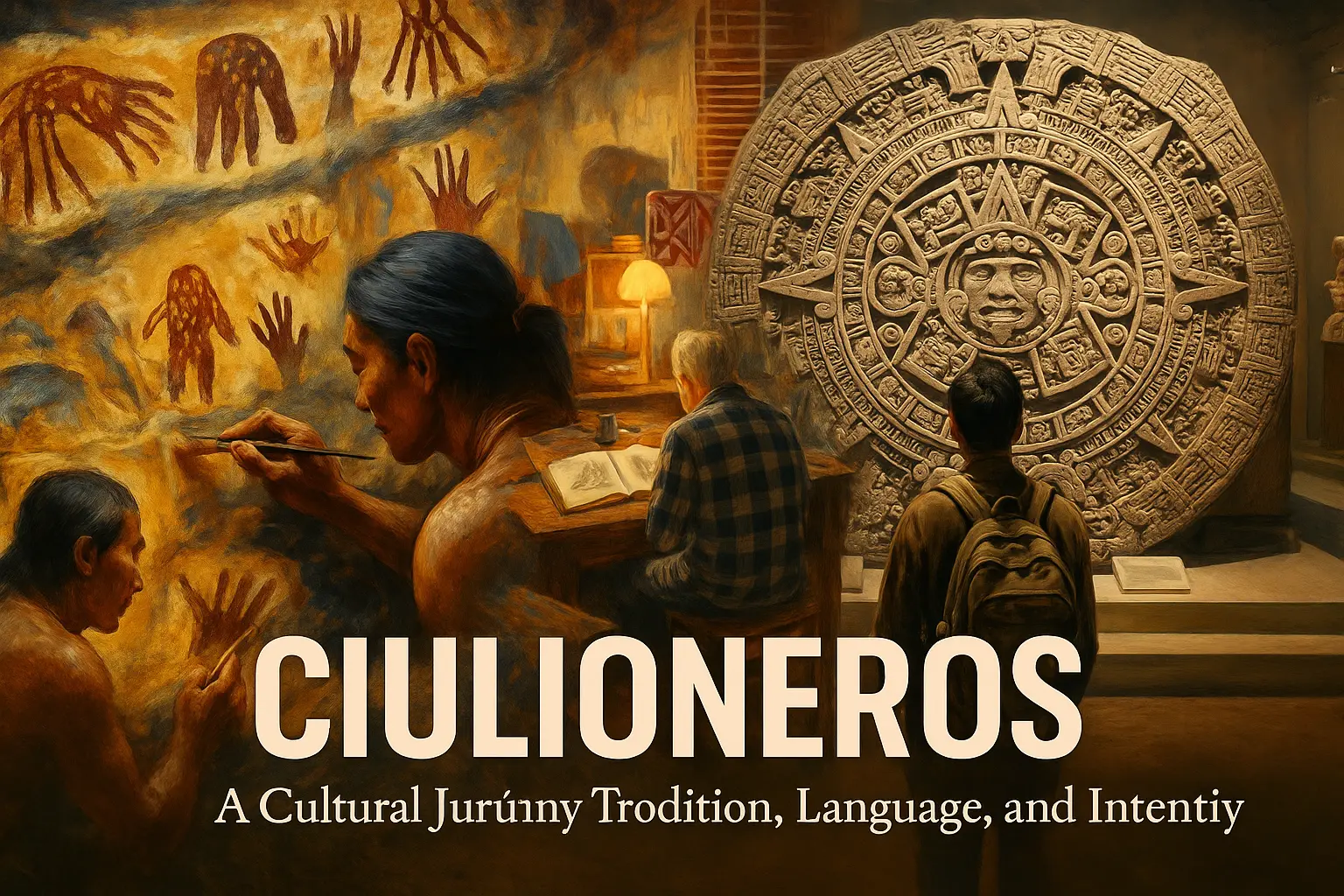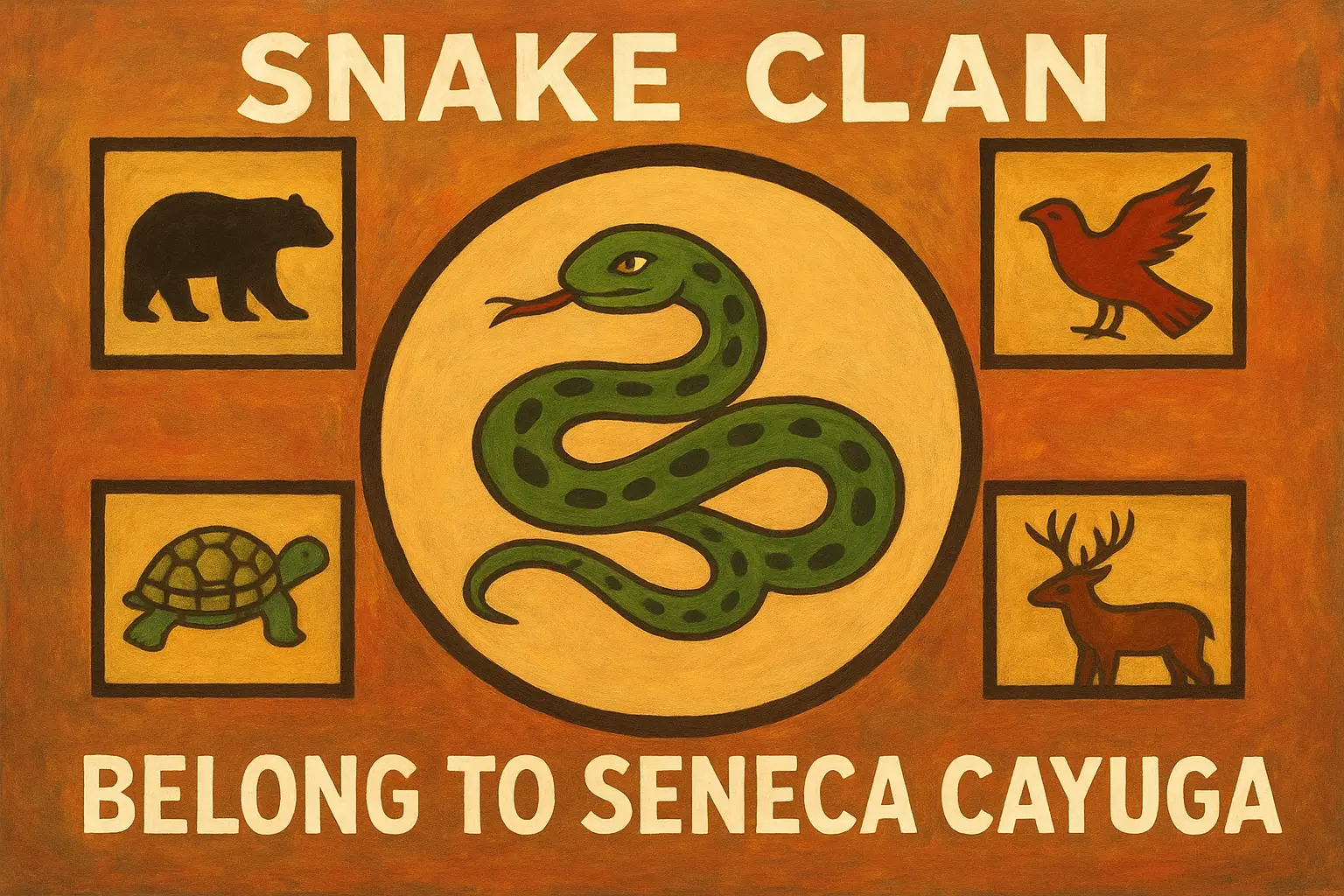Language is one of humanity’s most powerful tools for preserving culture. Every word carries with it a history, a sense of belonging, and a reflection of values passed through generations. Among the many fascinating cultural terms is ciulioneros, a word that has surfaced in conversations about tradition, identity, and folklore. Though not universally recorded in mainstream history, ciulioneros has steadily gained attention for its symbolic value. It has become more than just a word—it represents continuity between past and present, folklore and modernity.
This article explores ciulioneros in detail: its origins, cultural significance, traditional practices, and evolving role in today’s world. By doing so, it sheds light on how words like ciulioneros act as anchors of identity and heritage in an ever-changing society.
The Origins of Ciulioneros
The beginnings of ciulioneros are somewhat mysterious. Some interpretations suggest that it originated in local dialects, while others believe it may have been born out of oral storytelling traditions. What stands out is the way ciulioneros has traveled through cultural narratives, acquiring layers of meaning with each telling.
In folklore, ciulioneros is often tied to ideas of unity, belonging, and memory. It reflects how communities preserve their collective experiences. Like many cultural expressions, ciulioneros may not have a single fixed origin but instead emerges from the blending of local languages, traditions, and lived experiences. This fluidity makes it a fascinating subject for cultural study.
Ciulioneros as a Symbol of Cultural Memory
Cultural memory is not preserved in books alone; it lives in songs, stories, rituals, and words. Ciulioneros represents this process of cultural remembrance. For communities that use the term, ciulioneros stands as a reminder of who they are and where they came from.
In many ways, ciulioneros is like a bridge between generations. Elders pass it down with stories, festivals, or rituals, ensuring that young people remain connected to their roots. This makes ciulioneros not just a word, but a vessel of memory—a term that carries cultural pride and belonging.
Folklore and Storytelling Around Ciulioneros
Every culture uses storytelling to keep its values alive. Ciulioneros has long been linked with folklore, serving as a recurring theme in tales of community, resilience, and identity. These stories often take place during festivals or family gatherings, where ciulioneros is invoked as part of oral traditions.
In some narratives, ciulioneros is connected to natural elements such as mountains, rivers, or seasonal changes. This symbolic link reflects the deep connection between people and their environment. By weaving ciulioneros into folklore, communities ensure that their traditions remain vivid, offering future generations a sense of place and meaning.
Rituals and Traditional Practices Linked to Ciulioneros
Cultural traditions are most visible in rituals, and ciulioneros has been tied to practices that bring people together. These include community dances, symbolic meals, and festivals that celebrate unity.
For example, in some interpretations, ciulioneros is associated with local cuisines prepared during annual celebrations. Food is more than sustenance—it is culture, and dishes tied to ciulioneros are said to symbolize generosity, abundance, and family bonds. Similarly, dances and songs that reference ciulioneros highlight the role of art in preserving tradition.
These practices underline the fact that ciulioneros is not just about language but about living culture. It reflects how people honor their past through music, food, and shared experiences.
The Evolution of Ciulioneros in Modern Times
Like all cultural symbols, ciulioneros has not remained frozen in time. In recent years, it has adapted to modern contexts, showing remarkable flexibility. Today, ciulioneros appears in blogs, creative projects, and even branding efforts that seek to blend tradition with contemporary life.
This evolution reflects the broader trend of cultural adaptation. As younger generations reinterpret their heritage, ciulioneros becomes a tool for both cultural pride and creative expression. It proves that heritage can remain relevant even in the digital age, as long as it is allowed to evolve naturally.
Ciulioneros and the Role of Language in Identity
Language is not only communication—it is identity. The word ciulioneros reminds us of the deep relationship between words and belonging. Communities often hold on to unique terms because they symbolize their uniqueness in a globalized world.
Ciulioneros is a perfect example of how a word can become a cultural emblem. It encapsulates values, history, and identity in a way that cannot be easily translated. By keeping ciulioneros alive, communities protect not just their language but the soul of their culture.
Cultural Resilience Through Ciulioneros
Cultures often face pressure from globalization, migration, and modernization. Words like ciulioneros act as anchors in such times of change. They allow communities to remain rooted while adapting to new realities.
Cultural resilience is about survival, and ciulioneros provides a way for people to preserve their identity. Whether used in rituals, storytelling, or daily conversations, ciulioneros helps communities maintain continuity and pride in their heritage.
Ciulioneros in Community Celebrations
Celebrations are moments where heritage shines most brightly, and ciulioneros often plays a role in such events. From festivals to small family gatherings, it is invoked as a reminder of unity and shared values.
These celebrations often include dances, symbolic meals, or rituals where ciulioneros is highlighted. By linking the term to joyous events, communities ensure that ciulioneros is not just remembered but cherished.
Modern Interpretations of Ciulioneros
In the contemporary world, ciulioneros has also taken on new meanings. Some see it as a metaphor for balance in life, while others connect it with creative projects, digital culture, or branding. This versatility shows the richness of ciulioneros as a cultural resource.
The fact that ciulioneros can evolve without losing its cultural essence makes it a powerful example of how heritage adapts. It proves that traditions are not static—they are dynamic, constantly reshaped by the people who live them.
The Global Relevance of Ciulioneros
Though rooted in specific traditions, ciulioneros holds lessons for the global community. It demonstrates the importance of preserving unique words and practices in the face of cultural homogenization. In a world where many traditions risk being forgotten, ciulioneros serves as an example of how language can safeguard heritage.
For people outside its immediate cultural circle, ciulioneros can inspire a deeper appreciation for their own roots. It encourages individuals to look for words, rituals, and practices in their cultures that deserve protection and celebration.
The Future of Ciulioneros
What lies ahead for ciulioneros? Its survival depends on how communities continue to use and adapt it. By incorporating ciulioneros into modern life—whether in digital storytelling, cultural festivals, or educational initiatives—it can remain relevant for generations to come.
The future of ciulioneros is therefore not just about preservation but about renewal. Every time it is used in a story, song, or celebration, ciulioneros gains new life. This continuous process ensures that it will remain a vibrant part of cultural identity.
Conclusion
Ciulioneros is more than a word; it is a symbol of cultural resilience, memory, and identity. From its mysterious origins to its place in modern interpretations, ciulioneros represents how traditions evolve without losing their essence. It connects past and present, folklore and modern life, heritage and adaptation.
By exploring ciulioneros, we are reminded that culture is a living story. Each generation adds new chapters, ensuring that words like ciulioneros remain not just relics of the past but guiding symbols for the future.
FAQs About Ciulioneros
1. What does ciulioneros mean?
Ciulioneros is a cultural term symbolizing heritage, identity, and tradition, often tied to storytelling and rituals.
2. How is ciulioneros connected to culture?
It is linked to folklore, festivals, and community practices that preserve cultural memory.
3. Is ciulioneros still used today?
Yes, ciulioneros continues to appear in cultural discussions, creative projects, and community celebrations.
4. Why is ciulioneros important?
It preserves identity, strengthens community bonds, and ensures cultural resilience.
5. Can ciulioneros change over time?
Absolutely. Ciulioneros adapts to modern contexts while keeping its traditional essence alive.


